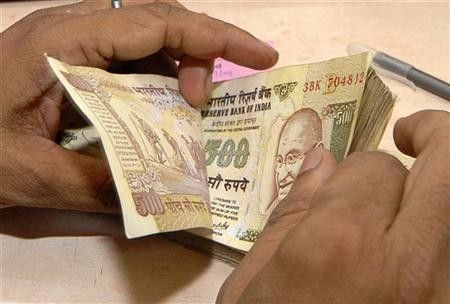Indian Rupee Falls To Record Low Of 56.57 Against US Dollar

The Indian rupee continued its downward slide for the fourth consecutive day Thursday to touch an all-time low of 56.57 against the US dollar.
The rupee opened at 56.40 and dropped 42 paise in the afternoon session to surpass its previous record low of 56.52 set May 31.
The increasing demand for the dollar from importers, high capital outflows from equity markets and the renewed global risk aversion contributed to the fall of the rupee.
The U.S. Federal Reserve's decision to continue the bond purchase program by less than the estimates of the investors, the weak factory data from China and the decline in Germany's private sector also contributed to the rupee's depreciation.
The Reserve Bank of India interfered in the forex market mildly after the rupee touched its record low, Reuters reported quoting the traders.
Analysts feel the central bank's brief interventions cannot stop the rupee's drop for a long time. The RBI's intervention and policies to mitigate the weakness is not the silver bullet to what really is a structural weakness for the currency; i.e. the twin deficits, said Nizam Idris, head of Asian fixed income and currencies at Macquarie Bank, according to Reuters.
RBI Governor D Subbarao Tuesday said that the banking regulator would continue to intervene in the currency markets to curb volatility, blaming the rupee's fall on both global and domestic factors.
Despite the strong demand from the industry, the RBI Monday refused to change the key interest rates. It said that controlling the inflation was more important than boosting a short-term growth.
© Copyright IBTimes 2024. All rights reserved.






















